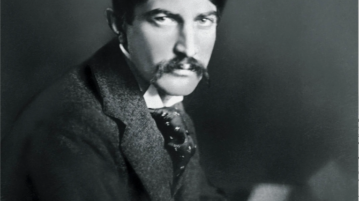
Painted Angels and Tainted Fruit
Stephen Crane began a novel to be titled “Flowers of Asphalt,” about a country boy who comes to New York to pursue his dream, only to end as a street hustler dragged down by drugs and syphilis.
More
Stephen Crane began a novel to be titled “Flowers of Asphalt,” about a country boy who comes to New York to pursue his dream, only to end as a street hustler dragged down by drugs and syphilis.
More
Everyone agrees that “Self-Reliance” is an indictment of mindless conformity and a challenge to think for oneself. But it has rarely been recognized as one of history’s first manifestos for people to be honest about their sexual nonconformity.
More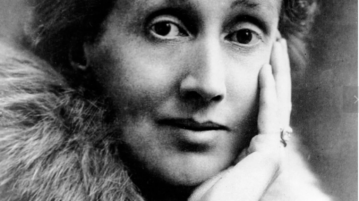
Two revolutionary works of literature by queer women writers, and lesbianism would once again become the subject of intense dispute. Published within three months of one another, Radclyffe Hall’s The Well of Loneliness (July 1928) and Virginia Woolf’s Orlando (October 1928) both deeply challenged the gender conventions and sexual mores of their time.
More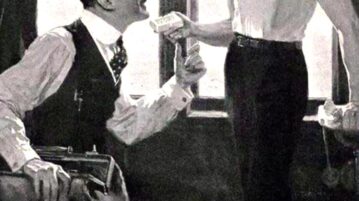
J.C. LEYENDECKER (1874–1951) was an artist of many firsts. With his illustrations for The Saturday Evening Post, he can be said to have invented what the modern magazine cover should look like. He was one of the first popular artists to achieve a kind of greatness, and, as the most widely seen image-maker of his era, he defined the look of the fashionable American male during the first few decades of the 20th century. As a gay man himself, he did all this while introducing a subtly homoerotic subtext into many of his drawings, thereby prying open a crack in the closet door of his era.
More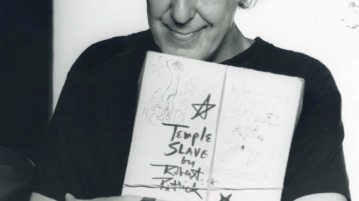
As Patrick himself recalled later in life, the Caffe Cino was the “Ground Zero of the 1960s … a coffee-house, a theatre, a brothel, a temple, a flophouse, a dope-ring, a launching-pad, an insane asylum, a safe-house, and a sleeper cell for an unnamed revolution.” His novel was Temple Slave (1994), a fictionalized but nonetheless revealing history of the Caffe Cino, the birthplace of American gay theater.
More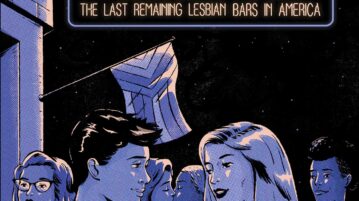
Moby Dyke is not just the slice of Americana that all road trips provide, nor just a portrait of the splintering of sexual identity in the homosexual community; it’s also glimpses of a writer’s past. Indeed, the sheer specificity of those memories produces its best prose, particularly when the author returns to the state in which she was raised.
More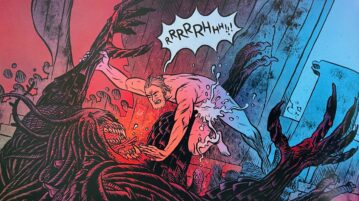
Elan Justice Pavlinich’s Erotic Medievalisms: Medieval Pleasures Empowering Marginalized People explores the range of medieval English literature as well as modern cultural phenomena finding inspiration in the Middle Ages.
More
Review of Ann Walker: The Life and Death of Gentleman Jack’s Wife by Rebecca Batley and As Good as a Marriage: The Anne Lister Diaries, 1836–38 by Jill Liddington.
More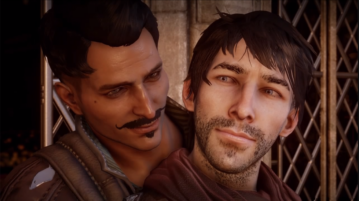
As a young adolescent who had not yet started to question his sexuality, I was stunned by the experience of romancing my female Hawke with a female party member. The idea of gay and lesbian people existing was no surprise to me, but the fact that I had initiated a same-gender romance in a video game—despite knowing that both characters have different gender identities from my own—affected me very differently than did the passive experience of, say, witnessing a gay kiss on TV or film.
More
Defenses of fanfiction have been made on its creative merits, on its transformative merits, on its god-why-do-we-need-to-defend-enjoying-stuff merits, but one of the most important needs that “fic” meets is its ability to provide a low-risk space for people who are questioning their identity to explore it in a new way.
More